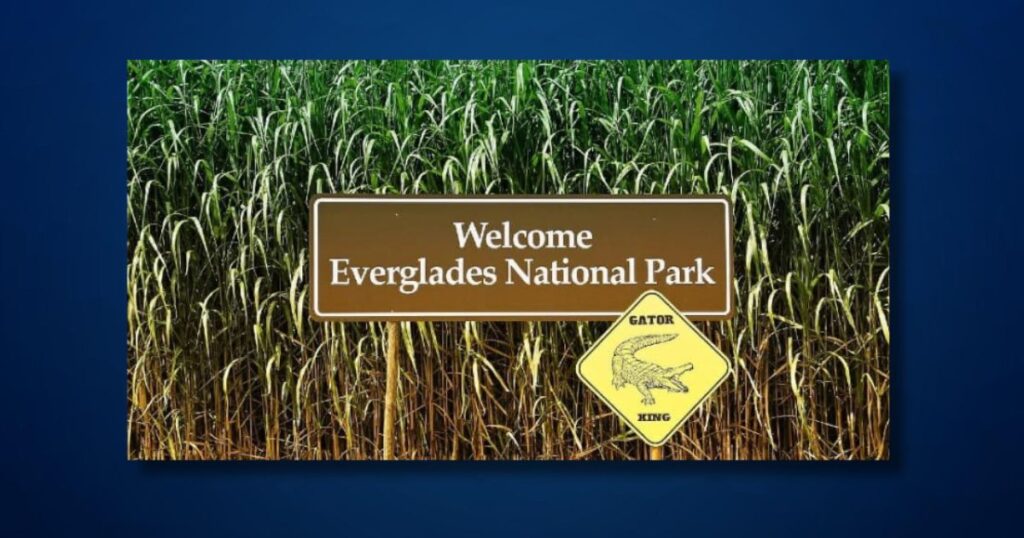Over the past two months, the Everglades Foundation has raised concerns about the proposed Southland Water Resources Project. It is an 8,000-acre rock mine directly adjacent to the Everglades Agricultural Area (EAA) Reservoir, the heart of the Everglades restoration.
Now this is attracting attention from the US Army Corps of Engineers.
In a letter dated July 2, 2025 to US Representative Brian Mast, the Corps outlines several potential risks associated with the Southland Project.
This letter responds to an investigation from Congressman Mast, reflects many of the same issues raised previously by Dr. Steve Davis, Chief Science Officer of the Everglades Foundation, in a letter to the Palm Beach County Commission on May 15, 2025.
Early analysis says the Army Corps of Engineers have some serious concerns.
Water Management Project: “Since the proposed project is adjacent to the northern limits of the EAA reservoir and STA, analysis is required to determine the potential and magnitude of the potential effect.”
Penetration: “Given the highly permeable underground geological conditions, penetration from the proposed project could affect EAA reservoirs and STAs.”
Regional Water Availability: “Robust water availability analysis is required to determine whether the proposed project is compatible with the expected benefits from projects in central and southern Florida and CERP projects currently under construction.” ”
As the project progresses, the Everglades Foundation says Rockmine will threaten billions of dollars in restoration investments.

Dr. Steve Davis, Chief Science Officer of the Everglades Foundation, submitted a detailed scientific letter to the Palm Beach County County Commission to urge caution.
In the letter, David questioned why a thorough technical review of the proposed project was not completed between 1,000 feet, despite being only 1,000 feet from the EAA Reservoir.
“Southland involves intensive explosion and rock removal. Given the challenge of controlling penetration losses in other water storage projects, this offset of water level differences is a concern,” Davis said.
Davis also said that while the EAA reservoir will be completed within the next few years, Southland’s mining activity is expected to last until 2059, bringing decades of potential disruption to the integrity of nearby restoration efforts.
In a letter to the committee, Davis warned of important water quality concerns related to mining activities.
Elevated levels of phosphorus, sulfates, chlorides, and even radium can be mobilized. Groundwater patterns may be altered and downstream stormwater treatment areas (STAs) may be affected.
“Additional storage beyond the undeserved, untreated EAA reservoir is worthless to the Everglades ecosystem and poses a great risk to downstream water quality and ecology.”


